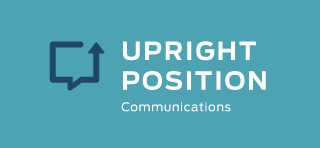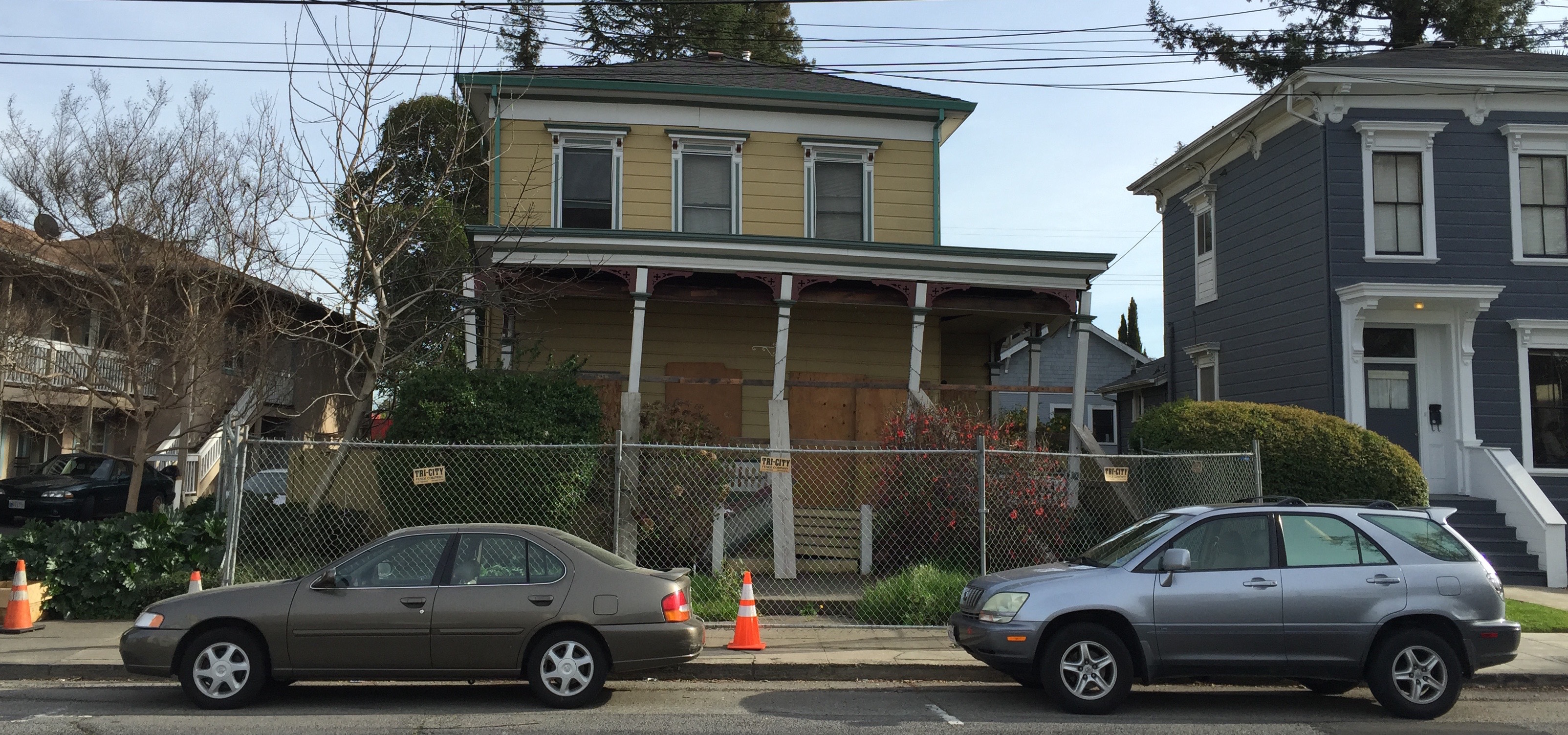On August 24, 2014 at 3:20am, a 6.0-magnitude earthquake rocked Napa, California and the surrounding area. This was the largest earthquake to hit the SF bay area since the 1989 Loma Prieta earthquake.
As the middle of the night turned into day, those of us in the area were able to quickly see what had happened. One person was killed and 200 were injured. For the most part, the wine industry and the tourism industry linked to it faced an uphill battle for recovery. Some key stats:
- 36 businesses had major quake damages and 210 suffered minor damage
- While Napa’s restaurants were closed after the quake, all but six reopened in 48 hours
- Total damage was estimated at $362.4 million. Of this amount, $80.3 million in damages were reported by the wine industry alone.
- Within a week of the earthquake, 90 percent of downtown businesses were up and running. A month later, business was at 95 percent of normal.
- Napa Valley Vintners quickly established a $10 million earthquake relief fund.
This quick recovery wasn’t a fluke. It was in part due to concerted efforts by the community, local governments and state governments to ensure the right recovery elements were in place.
The Napa earthquake is the exception rather than the rule, but it doesn’t have to be. Here are 8 ways to prepare for a tourism disaster before it happens:
- Recognize that disasters can be temporary – Thanks to social media, lower traveler risk thresholds and recognition that tourism is a driving economic force, tourism recovery following a disaster now can take weeks instead of years when managed properly. This can only happen with a concerted plan, tourism bodies and companies working together and a good understanding of your traveller source markets.
- Find reliable tourism data sources – When facing the aftermath of a natural disaster, having reliable data that reveals visitor trends pre- and post-disaster will help you quickly rebuild. Tourism bodies, private companies and industry groups are invaluable data sources, but be sure to seek out unconventional data sources that are reliable and detailed.
- Communicate with your key constituents – Existing customers, frequent visitors and those who follow you on social media are a captive audience most likely to spread the word of your destination’s recovery. Communicate with them early and often, with sincerity and honesty.
- Market the opportunity when possible – Certain disasters can’t be marketed, but as we saw with the Napa earthquake, there are marketing opportunities where you can celebrate what you’ve been through and market that celebration as a badge of honor and a marketing platform to build upon.
- Use the media to your advantage – The media want a good story to tell, so give them one that shows what you’ve been through and, most importantly, that you’re recovering and open for business.
- Embrace sense of community – Where you are located is part of the appeal of why visitors come to you. Embrace that sense of community in times of recovery. Work closely with local tourism and industry bodies to be a part of their marketing plans. Additionally, find a good data source that shows where recovery is coming from and where work needs to be done in terms of attracting visitors.
- Realize that perception will keep more visitors away than reality – Visual images of disasters on TV and on YouTube last a long time. Frequent, accurate communication will help dispel inaccurate perceptions, but that outreach needs to be across multiple media channels: traditional media, social media and your own usual methods of outreach.
- By being proactive, travelers can be quick to return – You have a unique tourism product. If you’re open for business, following a natural disaster, travelers will continue to seek out the experience you provide. By understanding where and how the recovery can occur, your tourism product can thrive.
You can also download the 8 ways here.
For more information about the Napa Quake and tourism, marketing and PR lessons learned in the context of the wine industry, have a look at the below presentation I gave at the International Wine Tourism Conference in Reims, France earlier this year:

